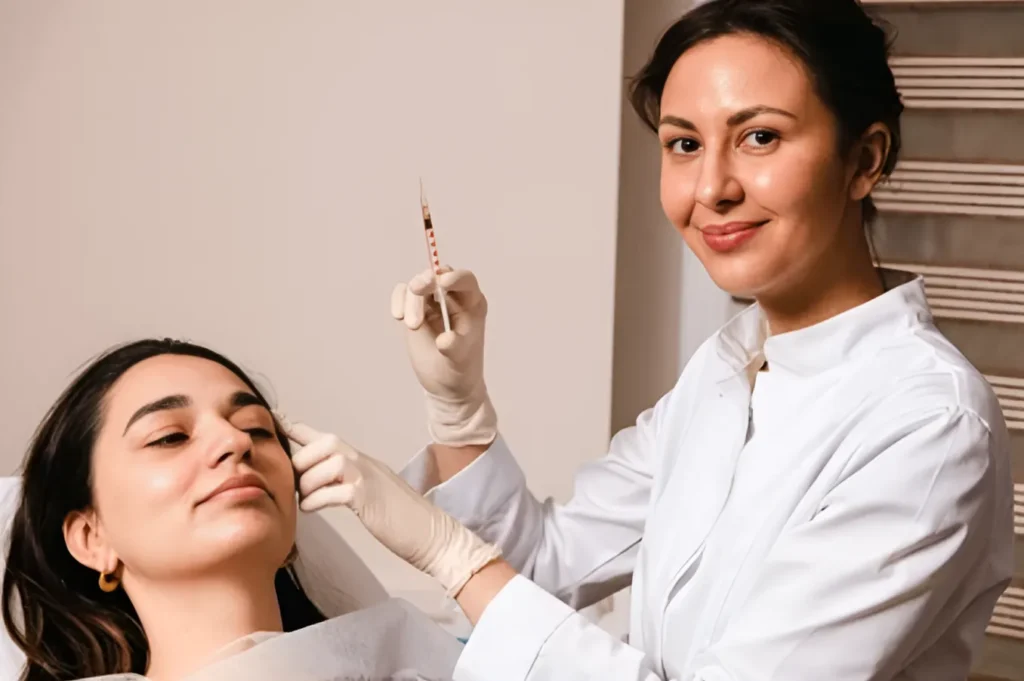Dry eye disease is a condition that affects millions of people in the United States alone. It can impact daily activities such as reading, driving, and using digital screens. While there are existing treatments, innovations in dry eye management are continually emerging, offering eye doctors new possibilities to treat symptoms.
What Causes Dry Eyes?
Understanding the root causes of dry eyes provides valuable insights into why treatment may vary significantly from one person to the next. Dry eyes result from a lack of adequate lubrication on the surface of the eyes. This issue may stem from increased tear evaporation, poor tear production, or imbalances in tear composition. Factors influencing dry eyes may include environmental conditions, aging, or underlying medical conditions. Extended screen use, in particular, has become increasingly linked to dryness due to reduced blinking during focused, close-up tasks.
While temporary dry eye symptoms are often situational, chronic dry eye can present with more persistent and bothersome signs. People with this condition report experiencing:
- Redness or irritation
- Sensitivity to light
- Blurred vision during daily tasks
- Watery eyes as a reflex response to dryness
When symptoms are experienced either daily or for prolonged periods, they may be classified as chronic. It’s helpful to speak with an eye specialist if these signs seem to overlap consistently with your routine.
How Do Eye Doctors Treat Them?
Managing dry eye-related discomfort has become more advanced in recent years. New treatments are available alongside traditional options, giving an eye doctor more tools to address individual needs. Below are some of the more common treatments that doctors today prescribe for dry eyes.
Artificial Tears and Lubricating Drops
Artificial tears remain one of the first recommendations for alleviating mild or sporadic symptoms. These drops can temporarily restore moisture balance on the eye’s surface, providing quick relief. There are now formulations that are distributed in the form of moisturizing gels and creams and serve a similar moisturizing purpose to artificial tears. These developments improve compatibility and effectiveness for a broader range of users.
Prescription Medications
Specialized medications prescribed by eye doctors can address underlying inflammation, which is often a factor in severe cases of dry eye disease. Prescription eye drops that help the eyes produce more tears have increasingly expanded in availability. While these treatments are still developing, they represent significant progress in addressing the root causes of dryness.
Speaking With an Eye Specialist
Dry eyes may significantly affect quality of life, but advancements in treatment options continue to make symptom management increasingly accessible. Exploring these innovations with an eye specialist is a practical step forward if dryness or irritation accompanies your daily life. Professionals can tailor solutions to match your unique condition, combining tried-and-true methods with cutting-edge developments to provide effective relief.
Scheduling a consultation with a specialist makes sure that your needs are reviewed comprehensively, with recommendations adapted specifically to your symptoms. Long-term care often involves finding the right combination of therapies and learning how innovative techniques can integrate seamlessly into your treatment approach. While medical progress continues, there is already significant potential to optimize your visual comfort today.

